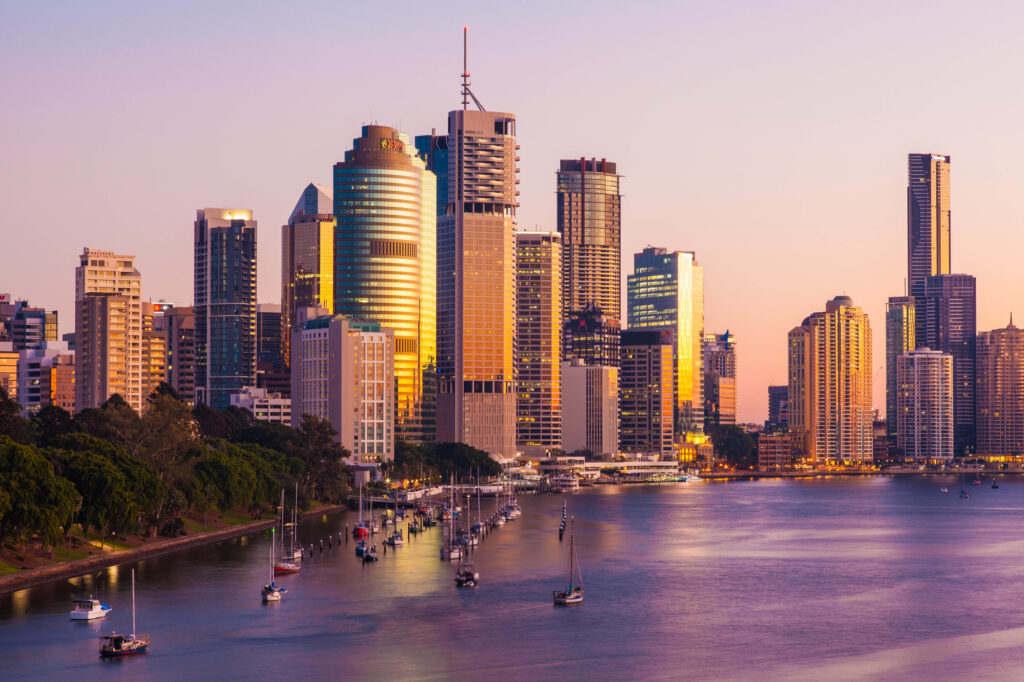The Week In Real Estate
May 04, 2024
Best Value Suburbs
There are still locations, some within 10km of the CBD, where buyers can secure affordable properties, according to PropTrack’s Affordability Hotspots Report.
The report measures how many homes sold between July 2023 and March 2024 were affordable, based on buyers spending 25% of their pre-tax income on mortgage repayments.
PropTrack senior economist, Paul Ryan, says the methodology determines what is affordable for the people who already live in that city.
In Sydney, Parramatta topped the list with on average Sydney households able to purchase nearly half the homes in the region. Canterbury was Sydney’s second-most affordable region, followed by Mount Druitt and Liverpool.
In Victoria, the Melton region was the most affordable, as were units in the CBD.
Queensland locations include Rocklea in Greater Brisbane and Stapylton on the Gold Coast while Adelaide’s most affordable areas were in Port Adelaide including the suburbs from Outer Harbor to Semaphore South and Devon Park.

FHB Help Arrives
From September 15, first-home buyers will be able to save a home deposit through their superannuation fund.
Access to the Federal Government’s First Home Super Saver Scheme will begin almost a year after the introduction of legislation to enable it.
The scheme allows first-home buyers to pay voluntary contributions into their superannuation fund to save money for their first home deposit.
Those using it can salary sacrifice, which means their savings are being put into superannuation before they are taxed, as opposed to banking after-tax dollars.
The voluntary contributions can then be released, up to a limit, (along with associated earnings) to help purchase a first home.
Contributions released under the scheme can be used to buy a new or existing home in Australia.
Participants can have a maximum of $15,000 of voluntary contributions from any one financial year included in the eligible contributions to be withdrawn under the scheme.
Home buyers are not able to access the funds their employer has paid into superannuation, only their own voluntary contributions.
Tax Cuts Solution to Crisis
Cutting taxes on home building is a quick solution to Australia’s housing crisis, according to the Housing Industry Association (HIA).
HIA Chief Economist, Tim Reardon, says as higher interest rates continue to linger, it is increasingly important that the government look at reducing the tax on homes if they want to increase supply.
“Government taxes and charges account for as much as 50% of the cost of a new house and land package,” he says.
“Governments are the biggest impediment to home building in Australia. They cannot continue to blame the consequence of their decisions on foreigners or investors who build homes and make them available for rent or sale.”
Reardon says the consequence of increasing taxes on homes is that fewer homes will be built.
Reardon says proposals by Senators Jacqui Lambie and David Pocock to limit negative gearing to new builds will not lead to increased investment in new homes.
“If politicians want to increase the supply of housing, then they should look at proposals to reduce taxes on housing,” he says.
Home Financing Hotspots
Queensland is in the top spot for the value of home loans buyers taking out, with more owner-occupier loans than any other state in the past quarter.
The latest State of the States economic analysis by the Commonwealth Bank of Australia shows the value of home loans in Queensland was the strongest as of February 2024.
The value of home loans in Queensland is up by 21.1% on the long-term average.
It was above the decade average in most states and territories (excluding the Northern Territory).
Western Australia home loan values are up by 17.5% on the decade average, followed by South Australia (14.2%) and the ACT (12%.
Victoria is up 8.9%, NSW, 8.3% and Tasmania, 0.7%, while the Northern Territory is down 15% on the decade average.
According to the Australian Bureau of Statistics, the value of new loan commitments for total housing increased by 1.5% to $26.4 billion in February.
At the same time, the value of investor lending rose 1.2% to $9.5 billion.

Auction Market Holds Steady
The weather may be starting to cool off but the auction market isn’t with clearance rates consistently remaining above 70%.
CoreLogic figures show that the preliminary auction clearance rate for last weekend was 72.9% with the number of properties being offered under the hammer higher than at the same time last year. There were 1,950 capital city properties scheduled for auction last weekend.
While the Adelaide auction market has been performing well of late (generally around 80% or higher) it was actually Sydney that had the highest clearance rate last week of 78.3%.
It was followed by Adelaide, 76.4%, Brisbane, 71.7%, Melbourne, 69.8% and Canberra 63.3%.
The data shows that houses (73.3%) had a slightly higher clearance rate than units (71.1%) in capital city markets in the past week.
Outside of the capital cities, clearance rates were highest in the inner west of Sydney, 92.6%, Melbourne’s outer east, 83.3%, and Newcastle and Lake Macquarie, 81.5%.
According to Corelogic the volume of auctions for the upcoming weekend is set to rise, with around 2,200 auctions already scheduled.
QUOTE OF THE WEEK
HIA Chief Economist, Tim Reardon
“Governments are the biggest impediment to home building in Australia. They cannot continue to blame the consequence of their decisions on foreigners or investors who build homes and make them available for rent or sale.”
